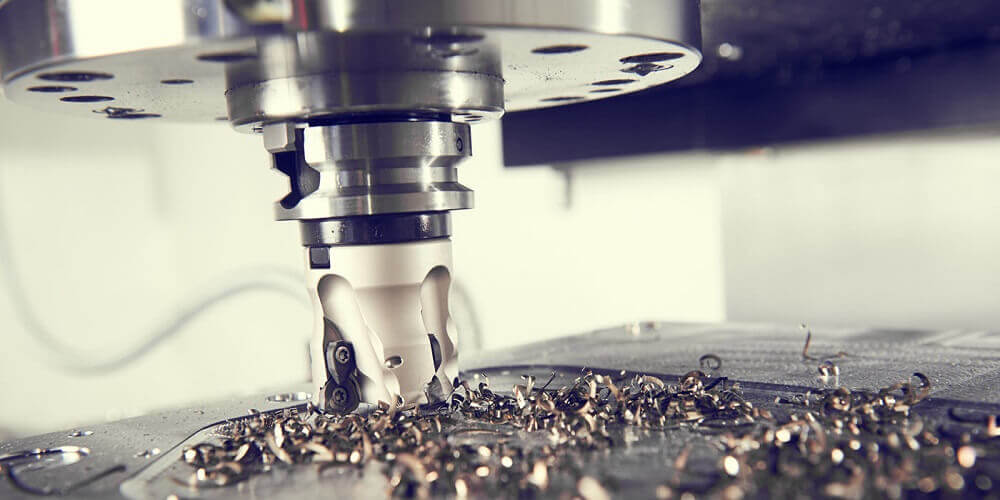CNC prototyping could be said to have been a sort of Holy Grail to manufacturers and producers all over the world. For those who are just finding out about the tech, CNC simply stands for Computer Numerical Control. The tech is so fascinating because its potential could be said to be relatively boundless. A pretty cool fun fact is that there is just about no prototype-able design that cannot be printed. To learn more about CNC prototyping, reading this article is a major leap in the right direction.
Whatever one’ general idea concerning CNC machining or prototyping might be, the entire concept is so much more. Hopefully, by the end of this, the concept should not be that strange to our readers anymore. This article will be shedding some light first on the intricacies of the entire CNC prototyping procedure.
How Does CNC Prototyping Work?
Well, as is evident in the name the process requires a computer. The computer in question here is first loaded with compatible numerical data. The data is then interpreted to control the prototyping machine in a given direction. The CAM (computer-aided manufacturing) or the CAD (computer-aided design) softwares are also involved.
These CAD/CAM softwares are essential in controlling the machine. The softwares are useful in assisting the operator or professional create the needed designs. But these softwares are more than simple “design assistants”. They are also vital in controlling the movement of the machine or tool carrying out the actual prototyping. The CAD/CAM softwares allow the computer to control even the minutest details in the entire process of prototyping.
The machines under the control of the computer as a result of the softwares could vary widely. The tools to be used could vary based on what it would require to manufacture an acceptable and decent prototype. From simple latches, to drills and all other forms of tools and machinery the CNC prototyping process has lots of accompanying features.
What Materials are used in CNC Prototyping?
Well, it is evident that these prototypes go way beyond simple paper models. The materials used in CNC prototyping are solid materials. The material of choice which is in line with the prototyping abilities of a particular CNC machine is chosen. Then the material is quickly “cut down” into needed shales and parts.
A lot of people tend to confuse the CNC prototyping for 3D printing. They have a similarity in that they are both effective in making lifelike models. But they are also extremely different in their modes of operation. While the 3D printing makes use of an additive technique in its printing process, the CNC prototyping does not.
The CNC prototyping makes its models via a more subtractive process. This means that the prototyping carried out here involves cutting down larger pieces into more delicate, desired shapes. This could serve as an added advantage over the 3D printing process. This is because each component is more intact and more durable as a whole.
Conclusion
While there are still a lot more interesting facets of the CNC prototyping processes, this article has simplified them all. Any other additional detail learned would be easier to understand with this article serving as an introduction to CNC Prototyping.
